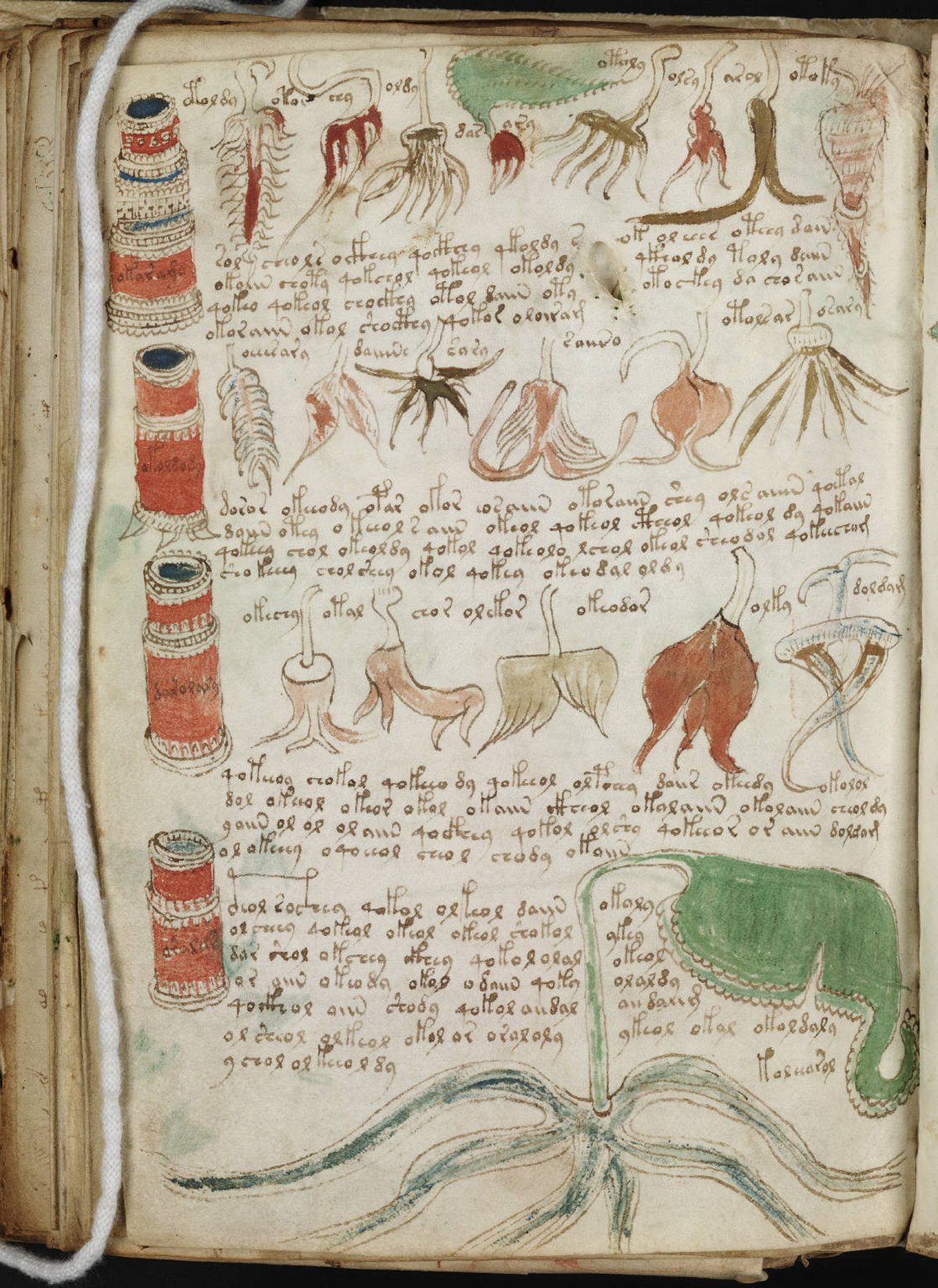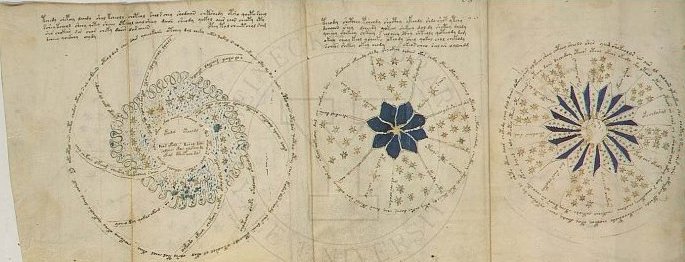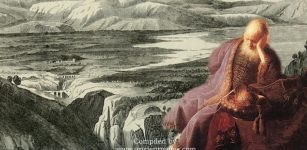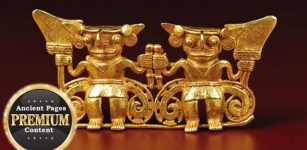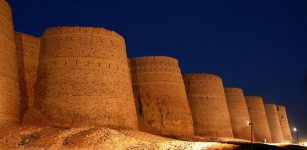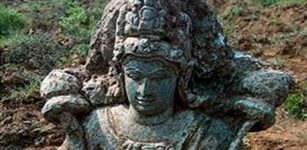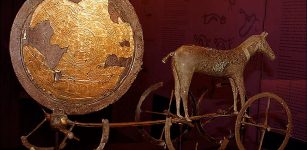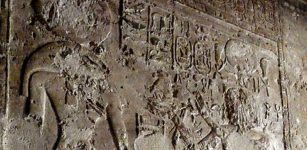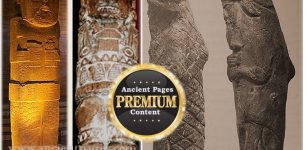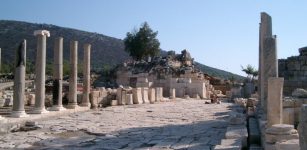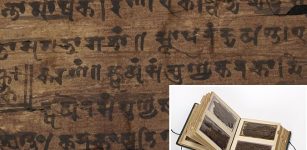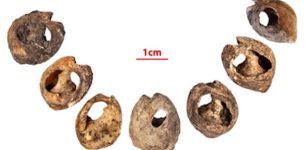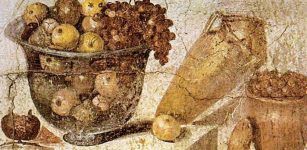Mysterious Voynich Manuscript Was Written In Two Languages – Scientists Say
AncientPages.com - Few manuscripts have caused as much controversy and debate as the mysterious Voynich manuscript. Is it a hoax or a genuine book? It seems the verdict is still out on this puzzling manuscript.
This ancient medieval text is a cryptic document written by an unknown author.
Plenty of skilled cryptographers have studied the document and many attempts have been made to crack the code. Many experts have said it is impossible to decipher the medieval text, but maybe the term “impossible” is over-used by us humans?
Who Wrote The Voynich Manuscript?
The manuscript was named after Wilfrid M. Voynich, a Polish-American book dealer who found this manuscript in a chest in the Jesuit College at the Villa Mondragone, in Frascati in 1912.
He bought it from the Jesuits, and gave photographic copies to a number of experts to have it deciphered. None of them succeeded. Certain features in the illustrations, such as hairstyles for example, suggested that the book was produced between 1470 and 1500.
But by whom and why?
Inside the manuscript, which is 240 pages long, there was a 17th century letter, written by Johannes Marcus Marci of Cronland, a Bohemian doctor and scientist, rector of the University of Prague, and official physician to the Holy Roman Emperors.
See also:
The paper dated 1666, was addressed to Athanasius Kircher, a 17th-century German Jesuit scholar and informed that the manuscript was bought by Emperor Rudolph II in 1586.
During the 1600s, some scholars attempted to decipher the script. Then the mysterious manuscript disappeared for 250 years before Voynich discovered it.
Today, the Voynich manuscript is kept at Yale University’s Beinecke Rare Book & Manuscript Library.
Voynich manuscript Was Written In Two Languages - Expert Say
A group of mathematicians at the RAS Institute of Applied Mathematics studied the text and they have now announced that the Voynich manuscript was written in two languages, except for the vowels.
After conducting a statistical analysis of the text, Russian experts think the manuscript is encrypted in the following way: vowels and spaces are removed from the text. The collection of symbols is united in a new text, bestrewed with spaces beforehand. Researchers estimate that about 60 percent of the text is written in English or German, and the other part in one of the Romance languages – possibly Italian or Spanish, or even Latin.
"Still, I don't know why understanding the text can be important today because, judging by the drawings, it explains in what part of the year you need to sow poppy seed in order to later obtain opium," said the research's co-author, Yuri Orlov, adding that it’s impossible to restore the entire text without vowels because there are various interpretations of the most important words.
At the end of WWII the U.S. military passed some spare time encrypting ancient texts. They managed to decipher every text except the Voynich manuscript.
Does the Voynich manuscript really contain a message? Perhaps we are finally learning the truth about the mysterious ancient book no-body can read.
AncientPages.com
Expand for references
